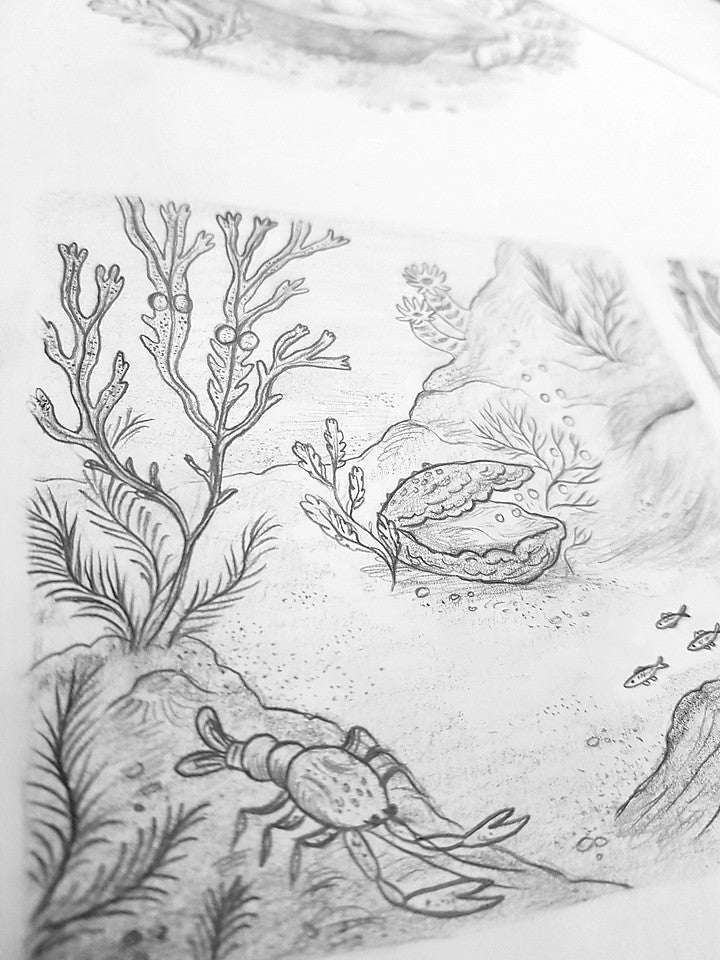The book began with my daughter, Violet, who asked to stop and watch a bee pollinate a flower on the morning nursery run. The question gave rise to other questions – could I explain how a rainbow forms? How would I describe the science behind a thunderstorm? Could I show her how a butterfly emerges from a chrysalis in a step-by-step story that doesn't feature a screen?
It grew to include 50 moments like these that happen around us everyday, all around the world. Visualised by our art director, Nicola Price, the book is designed to help us look outside and be amazed by nature. We hope you enjoy it as much as we have loved making it with illustrator Freya Hartas, who has written a bit about her journey with the book here for us


Slow Down has been my first step into the world of non-fiction and so I approached it slightly differently to my usual narrative work. The first few spreads were an important introduction to learning the new process and gave me an idea of how the rest of the book would come together. I started each spread by looking carefully at the reference photos and videos provided with the brief and also did a bit of my own research (usually on Pinterest) to find images of the animal or plant from all different angles so I could build a 3d picture in my head. I'd then rough out the panels with help from the reference images without relying on them too much as I wanted the final illustration to be totally unique.




Did you watch a lot of the slow motion videos we sent on?
I did! The slow motion videos were so useful to get an understanding of how an animal moves and acts in the world that you obviously can't get from a static image. For example the video of a dragonfly flapping its wings meant I could pause the video at different points and see the chronological sequence of the wing motion, in the photographs of dragonflies their wings are often just a blur.

Coming from a children's book background I'm quite the expert at drawing cute animals by now… the trick with this project was getting the balance of cute and accurate right. I had to change my style slightly to keep true to life, so I would usually draw animals with the whites of their eye's showing but in real life some animals have dark beady eyes, like squirrels and mice so I would have to find other ways of giving them some personality, like adding a little turned up smile.
It was important that this book felt friendly and not overly technical like nature books aimed at adults, we want the book to appeal to kids and inspire them to search out these little scenes in their own back gardens.
What were your favourite parts of the book making process?
My favourite part of THIS book making process was learning about all the weird and wonderful things that happen in nature! The spread about the weaver ants using silk larvae to glue their nest together completely blew my mind! It has really brought my attention to the little things that happen in nature everyday right outside my own window and on my walk to work.

As well as Slow Down being my first non-fiction project its also been my biggest project to date! Getting through the last few spreads was a bit of a slog and I suffered a couple of the classic illustrator complaints of shoulder ache and hand cramp from so much drawing… but boy, was it worth it in the end! I'm so proud to have accomplished this full colour, 100 page tome and can’t wait to see it in print next Spring.










